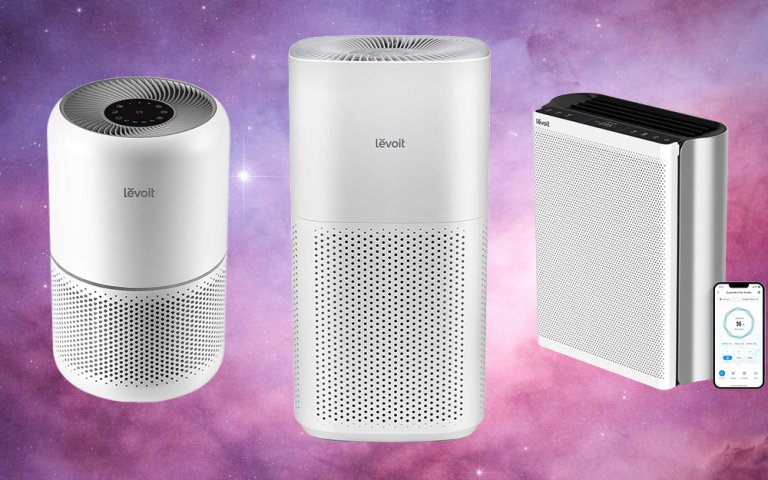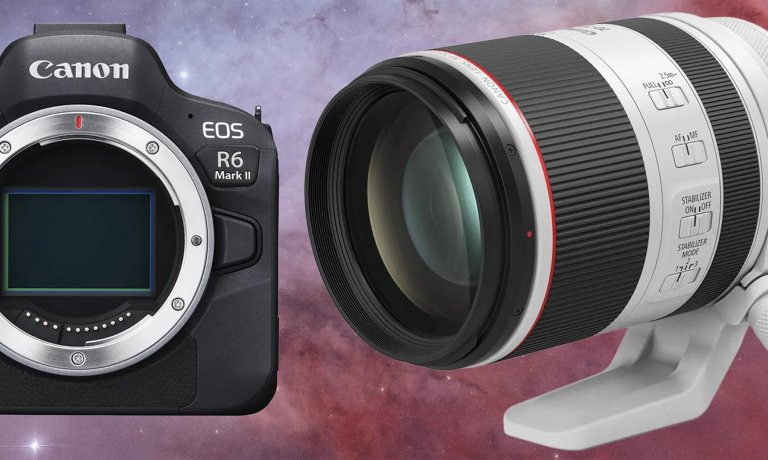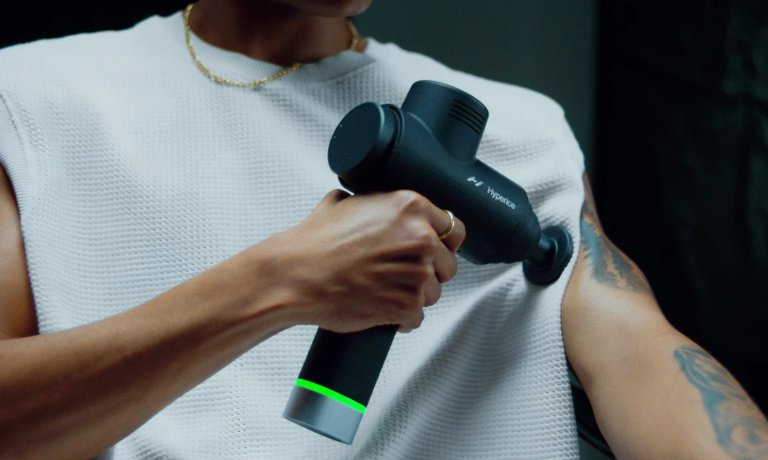Sponsored Content
Gear
News, roundups, and reviews of the technology that shapes the way we live.
Latest in Gear

Sponsored Content
Pick a new skill anytime with $20 lifetime access to 1,000-plus courses

Sponsored Content
Get a lifetime of PC game cheat codes for $49.99 instead of $99.99
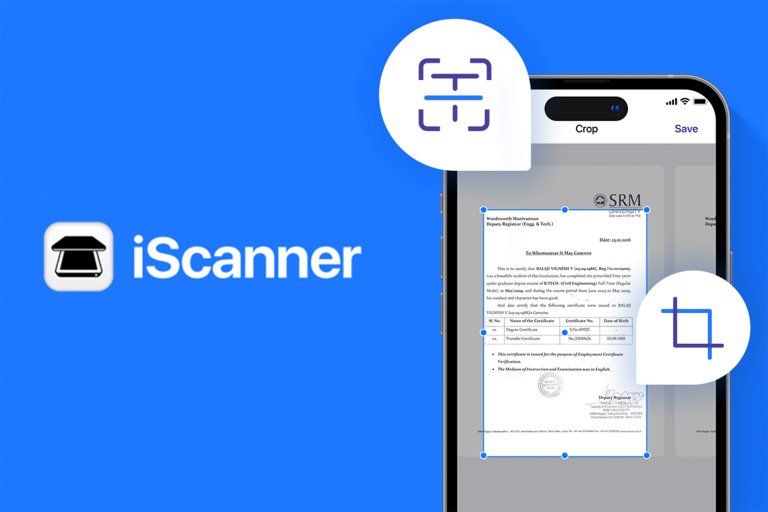
Sponsored Content
This $40 lifetime iScanner deal makes paperwork way less annoying
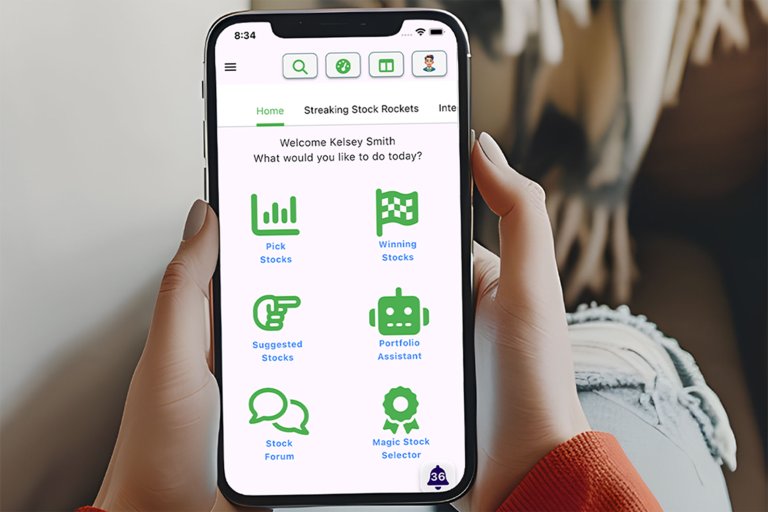
Sponsored Content
I built my stock portfolio with Sterling and ChatGPT for only $69
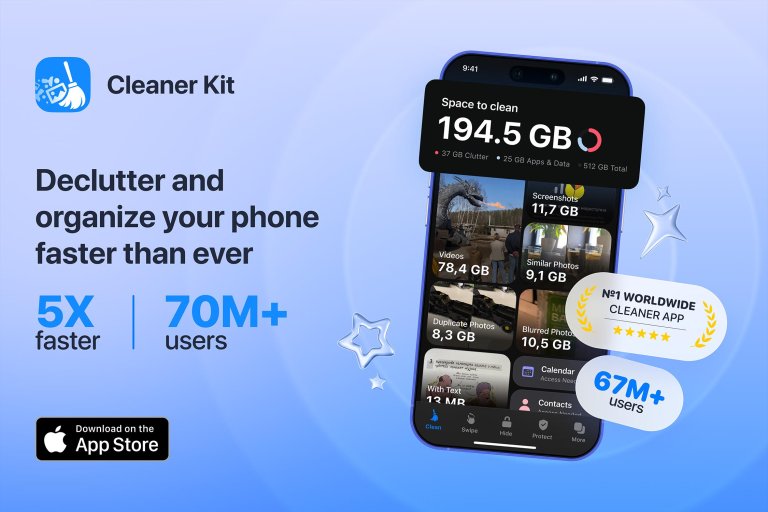
Sponsored Content
Cat photos were bogging down my iPhone until I got Cleaner Kit

Sponsored Content
Get Curiosity Stream’s lifetime plan for 62 percent off
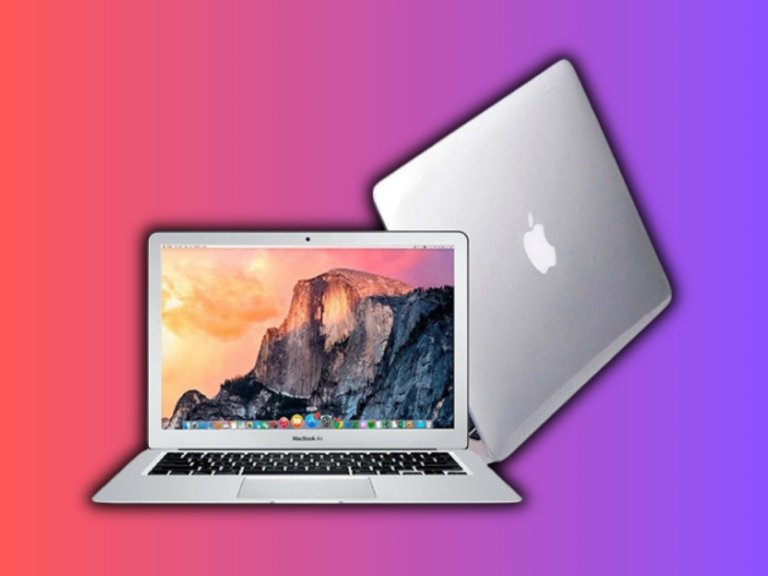
Sponsored Content
A dependable MacBook Air for under $200 is rare—but here it is!

Sponsored Content
Pay $140 for life and get thousands of documentaries to stream

Sponsored Content
Word, Excel, PowerPoint & more—MS Office is just $35 for two more days

Sponsored Content
Why Microsoft Visio costs $580—and why you don’t have to pay that

Sponsored Content

